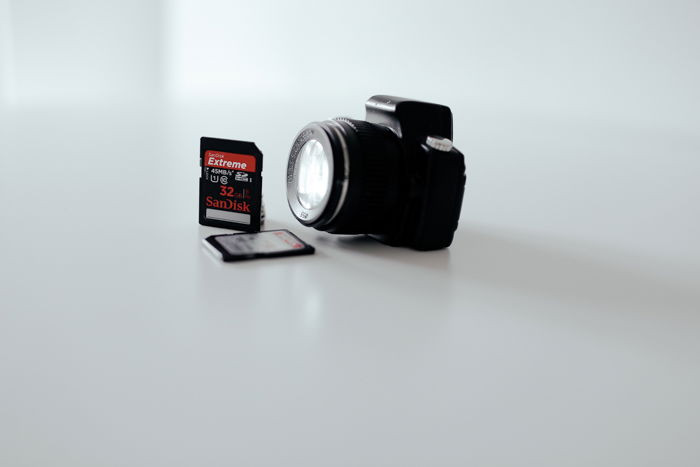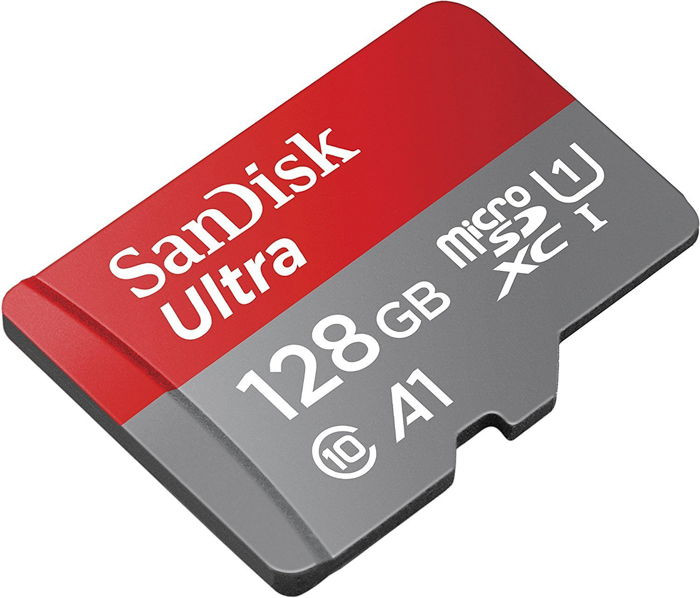Memory cards are essential for digital photography, acting as the film for the digital age. Whether you’re using a DSLR, mirrorless camera, or even a smartphone with advanced photo capabilities, understanding memory card capacity is crucial. If you’re wondering “How Many Photos Can A 128gb Memory Card Hold?”, you’re in the right place. We’ll break down the factors that influence storage capacity and give you a clear idea for 128GB cards, as well as other popular sizes like 32GB, 64GB, and 256GB.
Understanding Image File Formats: JPEG vs. RAW
The number of photos your memory card can store depends significantly on the file format you choose for your images: JPEG or RAW.
JPEG Files: Compressed and Convenient
JPEG (Joint Photographic Experts Group) is a widely used image format known for its compression. When you shoot in JPEG, your camera processes the image and compresses it to reduce file size. This process discards some image data, prioritizing smaller files that are easy to share and store.
JPEGs are ideal for everyday photography, social media sharing, and situations where storage space is a primary concern. However, the compression means you have less flexibility for extensive post-processing.
RAW Files: Uncompressed and Data-Rich
RAW files, on the other hand, contain all the unprocessed data captured by your camera’s sensor. Think of them as digital negatives. No compression is applied (or minimal lossless compression in some cases), preserving the full dynamic range and color information.
RAW files are significantly larger than JPEGs but offer superior image quality and flexibility in post-processing. Photographers who require maximum control over editing, especially for adjustments to exposure and white balance, prefer shooting in RAW. Different camera brands often have their own proprietary RAW formats, such as Canon’s CR2 and CR3, Nikon’s NEF, while DNG (Digital Negative) is an open standard RAW format.
File Size and Memory Card Capacity: Numbers Breakdown
The size difference between JPEG and RAW files directly impacts how many photos you can store on a memory card. Let’s consider typical file sizes for a 20-megapixel camera to illustrate this:
- JPEG File Size: A JPEG image from a 20MP camera typically ranges from 5MB to 10MB, depending on image complexity and camera settings. For our calculations, we’ll use an average of 7MB per JPEG photo.
- RAW File Size: A RAW file from the same 20MP camera is significantly larger, usually around 30MB per RAW photo. RAW file sizes are more consistent as they are largely uncompressed.
Based on these average file sizes, we can estimate the number of photos you can store on different memory card capacities:
Number of Photos on Memory Cards (Estimated):
| Memory Card Size | JPEG Photos (approx.) | RAW Photos (approx.) |
|---|---|---|
| 32GB | 4,700 | 1,092 |
| 64GB | 9,400 | 2,184 |
| 128GB | 18,800 | 4,368 |
| 256GB | 37,600 | 8,732 |
Important Note: These are estimations. The actual number of photos your memory card can hold can vary based on your camera’s megapixel count, image complexity, and specific camera settings. Memory card manufacturers also use slightly different methods for calculating gigabyte capacity (using base 10 vs base 2), which can lead to minor discrepancies.
 Image of a camera and a memory card against a clean white background.
Image of a camera and a memory card against a clean white background.
Choosing the Right Memory Card: Size and Speed Considerations
Selecting a memory card involves more than just size. You also need to consider speed and compatibility with your camera.
Memory Card Size: Capacity for Your Needs
For most photographers, a 128GB memory card offers a substantial balance between capacity and practicality. It provides ample space for a day of shooting, even in RAW format, without being so large that losing the card means losing a massive number of images.
Larger cards like 256GB or even 1TB are beneficial for photographers who shoot extensively, record videos, or travel frequently without immediate access to computers for offloading images. However, it’s also wise to consider using multiple smaller capacity cards (e.g., two 64GB cards instead of one 128GB) as a safety measure against data loss.
Memory Card Speed: Performance for Your Camera
Memory card speed is crucial for camera performance, especially for burst shooting and video recording. Speed is indicated by class ratings and read/write speeds (MB/s). Faster cards allow your camera to write data more quickly, enabling:
- Faster Burst Shooting: Capture more frames in continuous shooting mode before the buffer fills.
- Smooth Video Recording: Record high-resolution video (4K, 8K) without dropped frames.
- Quicker Image Review: Faster transfer of images from the card to your camera for review.
Match your memory card speed to your camera’s capabilities. High-performance cameras often require faster cards (e.g., UHS-II or CFexpress) to unlock their full potential.
Types of Memory Cards: SD, MicroSD, CF, and CFexpress
Different types of memory cards are available, each with varying sizes, speeds, and form factors:
-
SD (Secure Digital) Cards: The most common type, widely used in DSLRs, mirrorless cameras, and compact cameras. SD cards offer a good balance of size, speed, and cost.
-
MicroSD Cards: Smaller versions of SD cards, primarily used in smartphones, drones, and action cameras. They can be used in cameras with an SD card slot using an adapter.
 A SanDisk Micro Secure Digital SD 128GB memory card on a white background.
A SanDisk Micro Secure Digital SD 128GB memory card on a white background. -
CF (CompactFlash) Cards: Older, physically larger cards, still found in some professional DSLRs. Known for durability and speed, but less common now compared to SD cards.
-
CFexpress Cards: The latest and fastest standard, offering significantly higher speeds than SD cards. Becoming increasingly popular in high-end professional cameras for demanding tasks like 8K video and high-speed burst shooting.
Conclusion: Maximizing Your 128GB Memory Card
So, to answer the initial question directly: a 128GB memory card can hold approximately 18,800 JPEG photos or 4,368 RAW photos based on typical file sizes from a 20MP camera.
Choosing the right memory card involves balancing capacity, speed, and card type with your photography needs and camera specifications. Understanding how file formats affect storage capacity empowers you to make informed decisions and ensure you have enough space to capture every important moment.